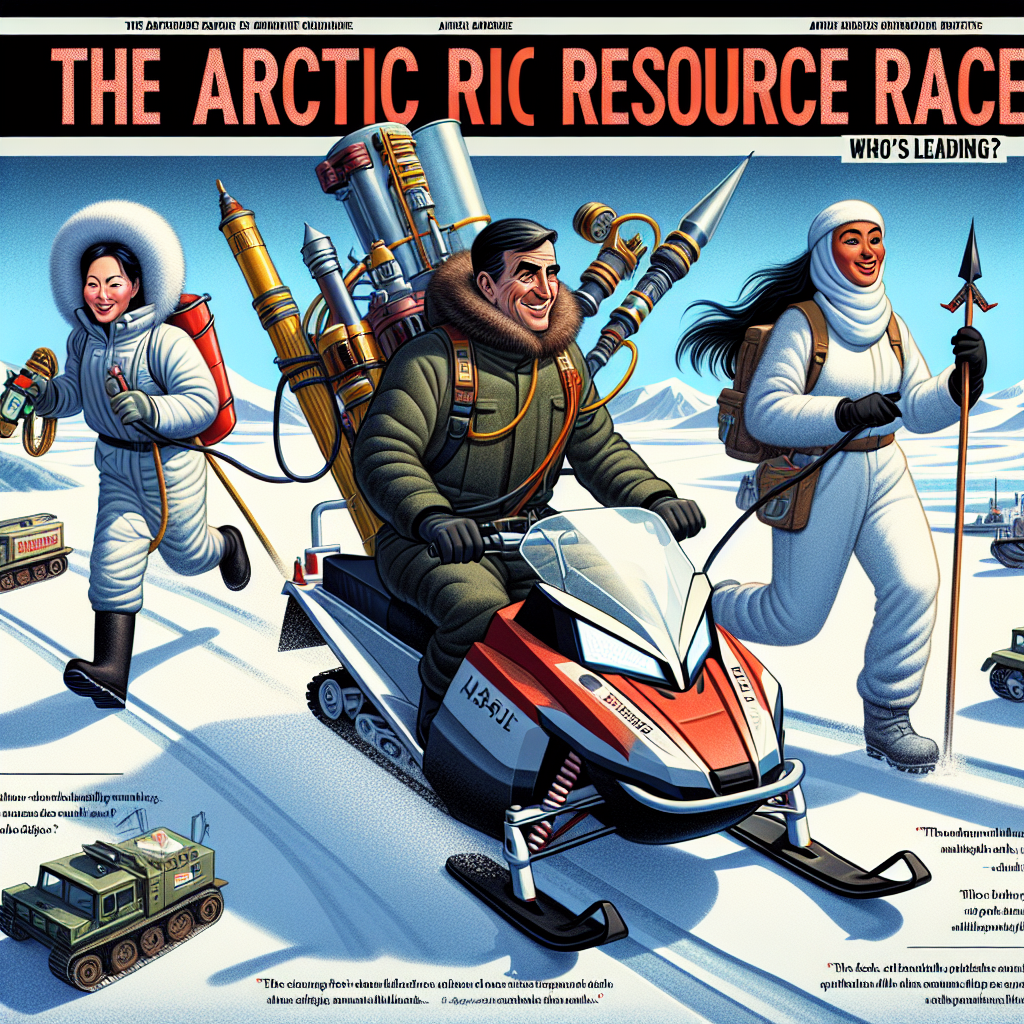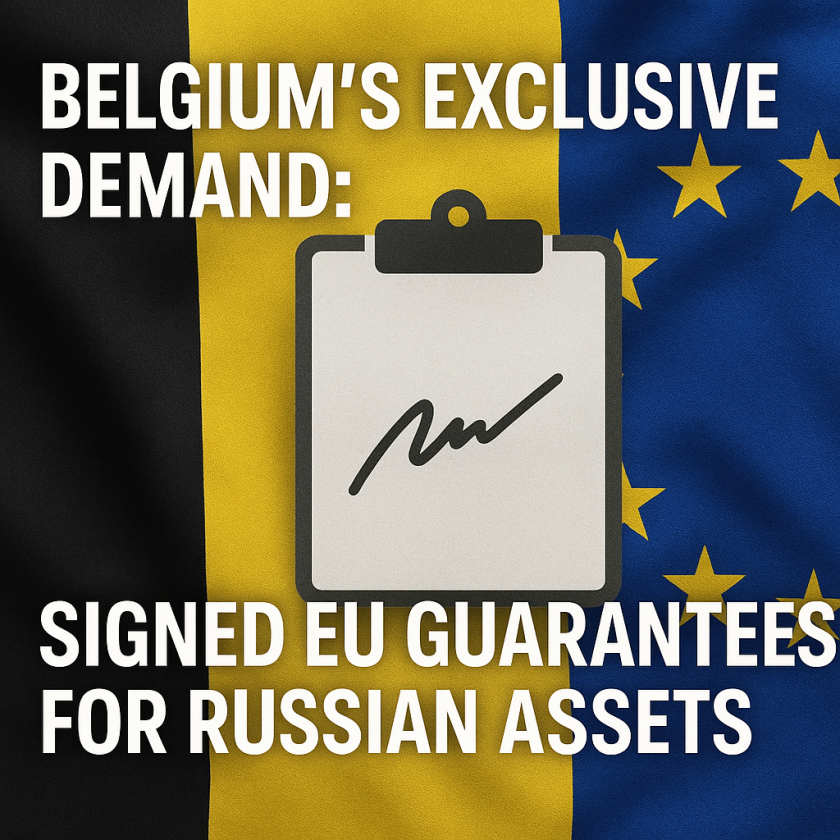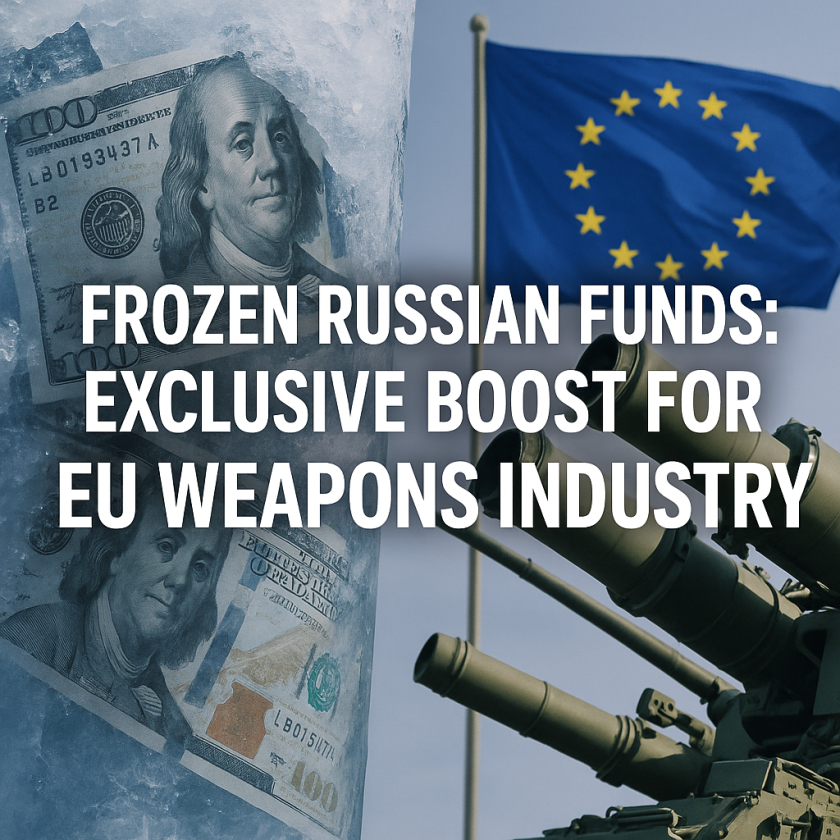The Arctic Resource Race: Who’s Leading?
The Arctic Resource Race: Who’s Leading?
Introduction
The Arctic region, once a remote and largely inaccessible area, is now at the center of a global race for resources. As climate change melts ice caps, new opportunities for exploration and extraction of valuable resources emerge, drawing the attention of several nations. This summary explores the key players in the Arctic resource race and their strategic interests.
Key Players in the Arctic
- Russia: With the longest Arctic coastline, Russia is aggressively expanding its presence, investing in infrastructure and military capabilities to secure its interests.
- United States: The U.S. is focusing on strengthening its Arctic policy, emphasizing security and sustainable development while balancing environmental concerns.
- Canada: Prioritizing sovereignty and indigenous rights, Canada is also investing in Arctic research and infrastructure to bolster its claims.
- China: Although not an Arctic nation, China is pursuing a “Polar Silk Road” strategy, seeking partnerships and investments to gain a foothold in the region.
- Nordic Countries: Nations like Norway and Denmark are leveraging their geographic proximity and expertise in sustainable practices to influence Arctic policies.
Strategic Interests
The Arctic is rich in untapped resources, including oil, natural gas, and minerals. Additionally, new shipping routes are opening, promising shorter and more efficient global trade paths. Key interests include:
- Energy Resources: The Arctic holds an estimated 13% of the world’s undiscovered oil and 30% of its natural gas.
- Mineral Wealth: Rare earth minerals and other valuable resources are becoming more accessible as ice recedes.
- Shipping Routes: The Northern Sea Route offers a potential shortcut between Europe and Asia, reducing shipping times significantly.
Environmental and Indigenous Concerns
While the Arctic offers economic opportunities, it also presents significant environmental challenges. Melting ice threatens ecosystems and indigenous communities, raising concerns about sustainable development and climate change impacts. Nations are urged to balance resource extraction with environmental protection and respect for indigenous rights.
Conclusion
The Arctic resource race is a complex geopolitical issue involving multiple stakeholders with diverse interests. While the potential for economic gain is significant, it is crucial to address environmental and social concerns to ensure sustainable development. As the race intensifies, collaboration and responsible governance will be key to managing the Arctic’s future.








































